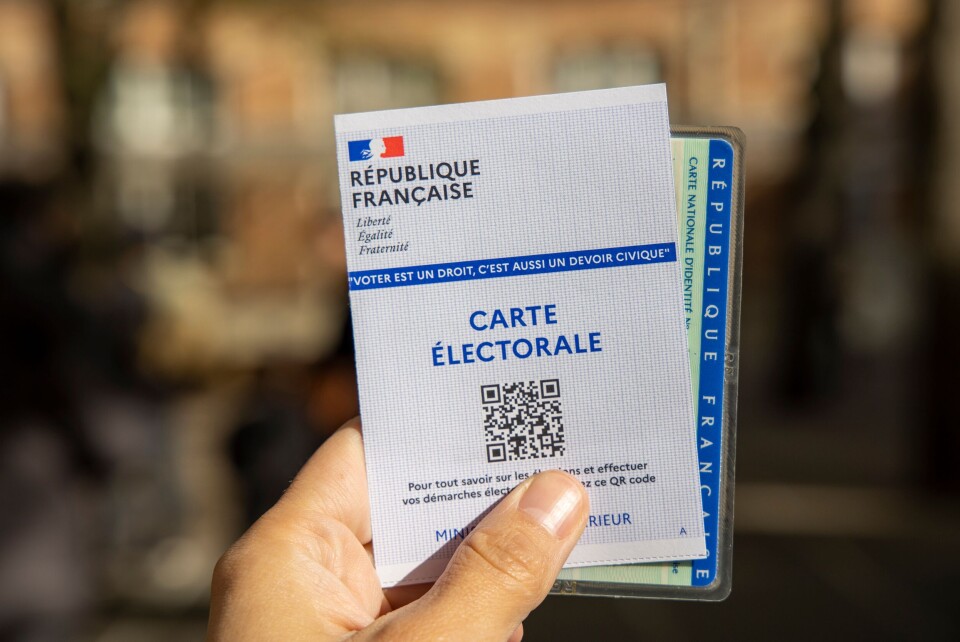-
Nestlé baby formula recall: French authorities criticised over response time
One infant died after drinking the formula although no causal link has officially been identified
-
French farmers begin major protest in Strasbourg
More than 700 tractors expected to park outside EU Parliament in two-day protest
-
Prime Minister to force 2026 budget through without a vote
Use of controversial Article 49.3 opens government up to vote of no confidence but opposition MPs unlikely to find enough support
Legislative elections first round: How did your area of France vote?
Macron-affiliated candidates came out on top overall but only just. Left-wing candidates and several of Le Pen’s representatives, including her, performed well

President Emmanuel Macron’s coalition of parties came out just in front of the left-wing Nupes coalition during the first round of the legislative elections yesterday (Sunday, June 12).
Read more: Eight key points from the French legislative elections first round
Mr Macron’s candidates – representing the Ensemble coalition – gained 25.75% of first round votes, while Nupes had 25.66% and Rassemblement National was third with 18.68%.
Generally, Ensemble dominated in western France, especially in Brittany and Pays de la Loire, as well as around big cities such as Lyon and Bordeaux.
It also came out on top in western Ile-de-France, although Nupes candidates won out in the west of the capital region. The only exception to this trend was in Val-de-Marne’s eighth constituency where Les Républicains’ Michel Herbillon won 37.48% of the vote.
Nupes won in much of central and southern France, in the west of Auvergne-Rhône-Alpes and in the north of Occitanie.
Marine Le Pen’s Rassemblement National performed well in northern and northeastern France, as well as areas of the south east.
Ms Le Pen secured 53.96% of the vote in her Pas-de-Calais constituency, which would have been enough to see her reelected outright, were it not for the low turnout (42.6%).
To be elected in the first round, a candidate must have an absolute majority and represent more than 25% of the constituency’s electorate.
Les Républicains also emerged at the front of the race in some areas of the north and north east, although the party is expected to lose seats in the second round next Sunday (June 19).
Yesterday’s result also reflected a decline in the dominance of candidates affiliated with President Macron, when compared to the 2017 elections.
Ensemble candidates made it through to the second round in 417 out of 577 constituencies, coming first in half of them. However, it was not the same landslide as last time, when Mr Macron’s representatives gained 7% more of the vote and qualified in 100 more seats.
In 2017, La République en Marche and MoDem came out on top in 451 constituencies in the first round, but only did so in 201 this time.
To see how people voted in your area of France, you can visit the interior ministry website, choose your department and then the constituency details (if you know them) - or find your city / town / village under the alphabetic index.
You will then be shown a list of the candidates and their share of the vote.
President Macron’s Ensemble group includes La République en Marche, Mouvement Démocrate (MoDem) and Horizons, while Nupes unites La France Insoumise, Le Parti socialiste, Europe Écologie - Les Verts and Le Parti communiste français.
Related articles
How can Mélenchon become French prime minister and how would it work?
United Left, Macron rebrand: Why French politics is in a state of flux
Legislative elections: what are the roles and duties of French MPs?
























